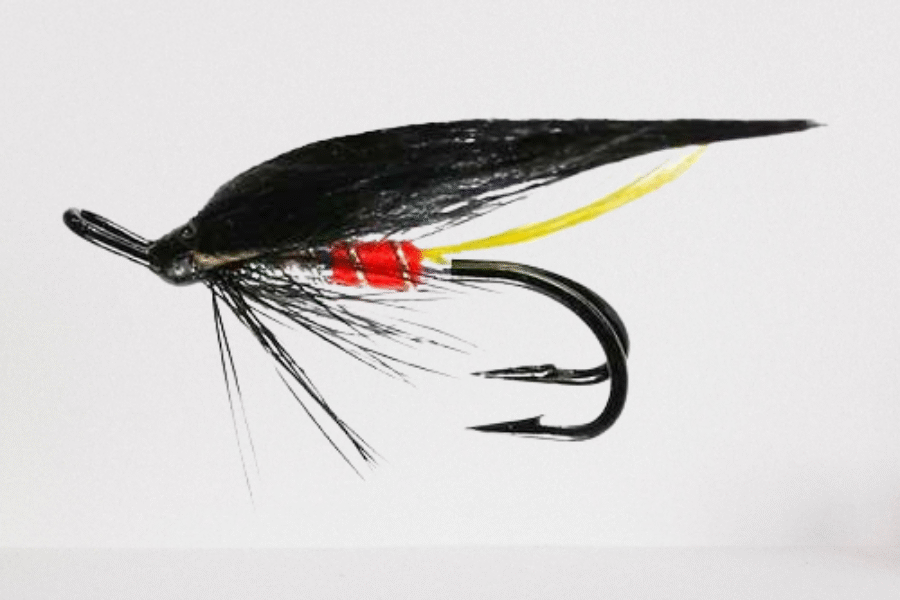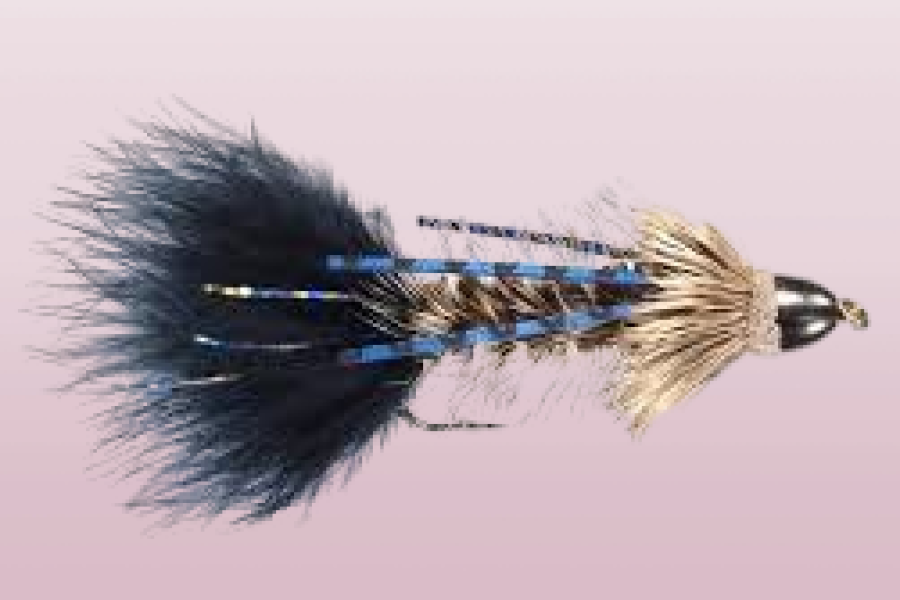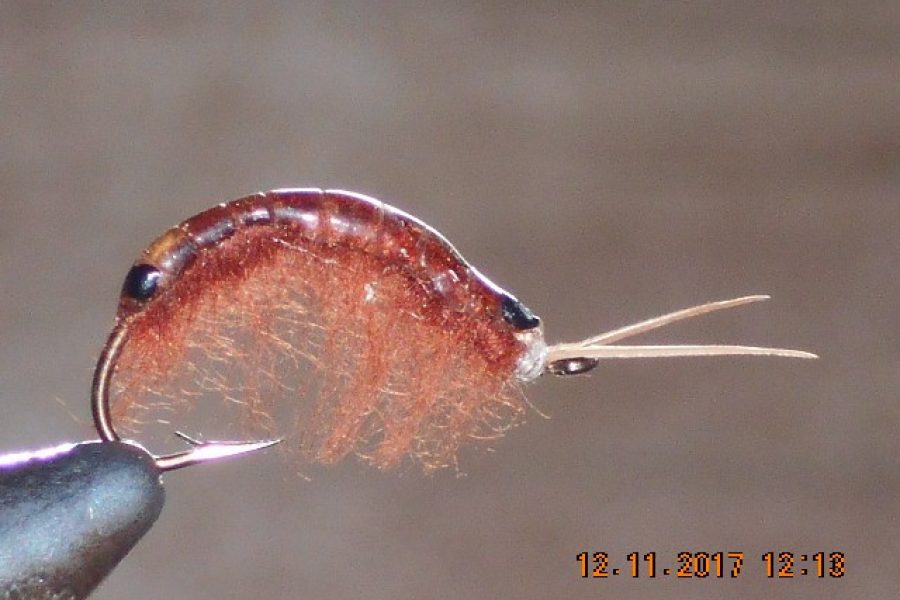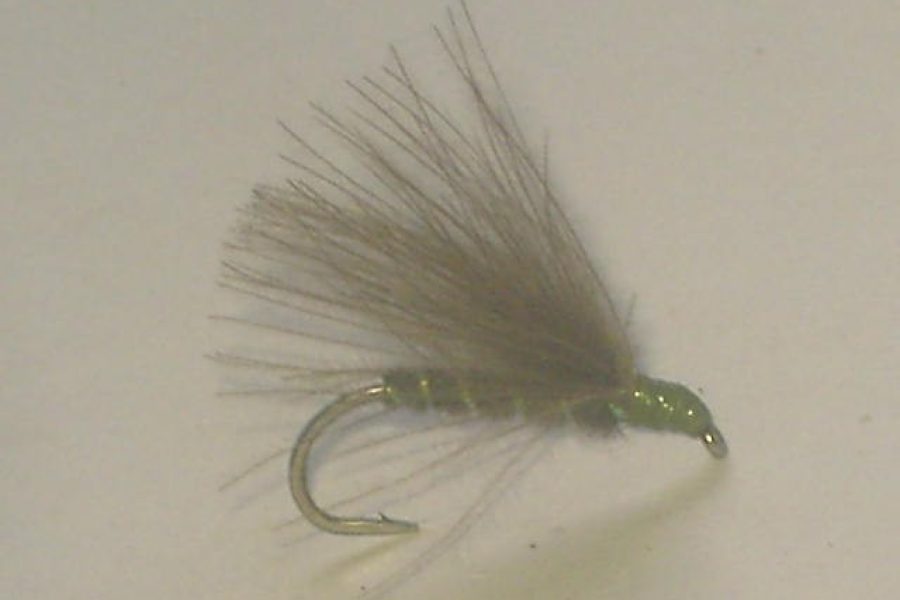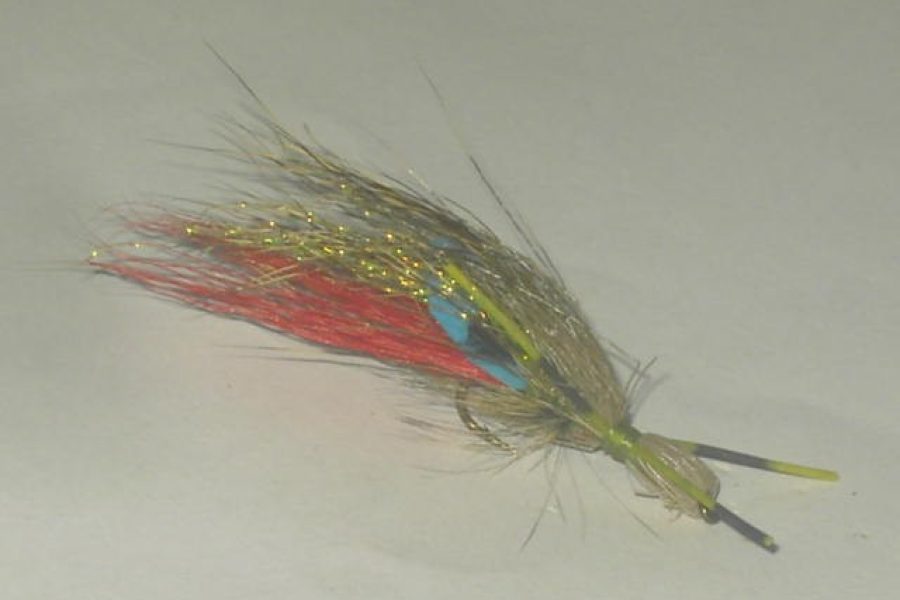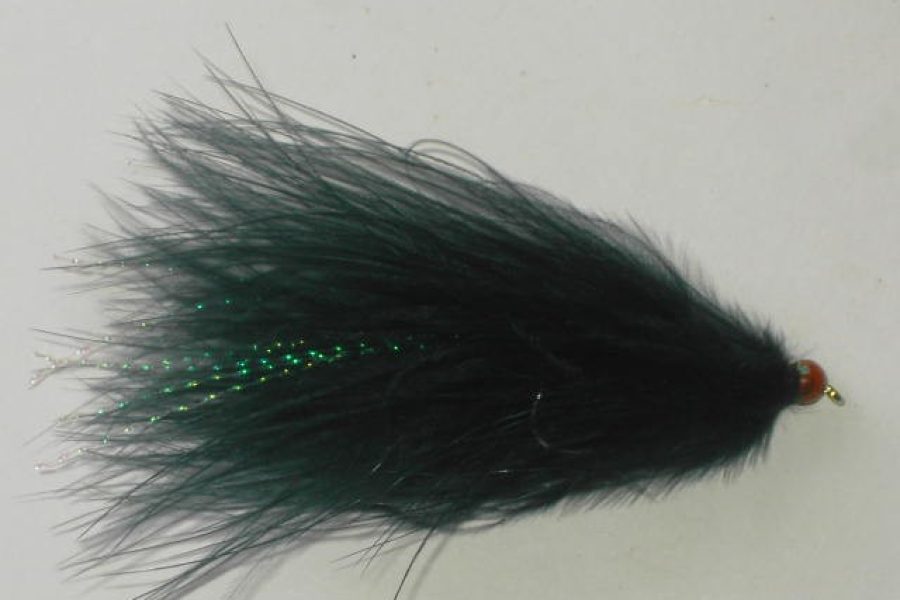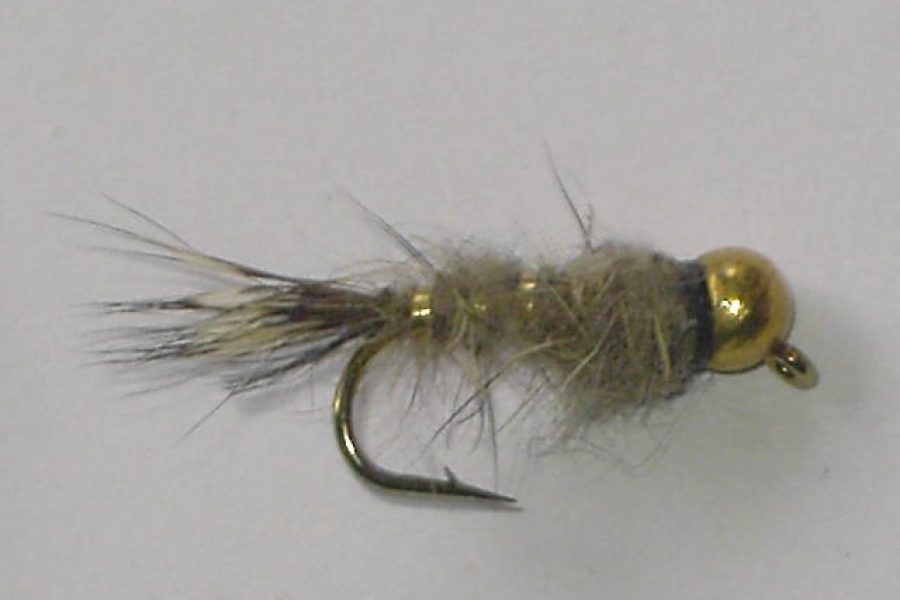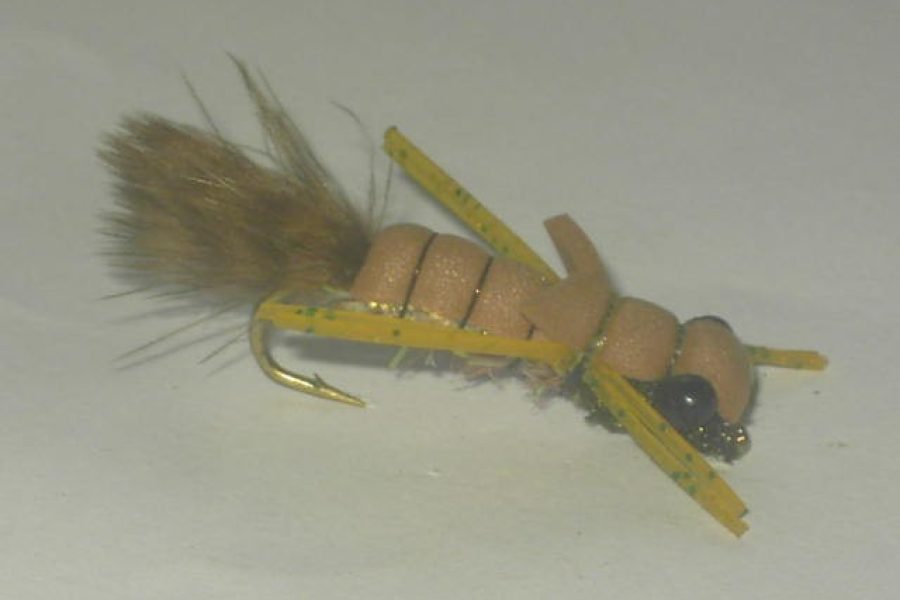Description
The Grillos’ Bob Gnarly Mouse Fly represents a revolutionary evolution in modern mouse pattern design, developed by Andrew Grillos on Alaska’s Kanektok and Arolik rivers in 2010. This innovative pattern has established itself as one of the industry’s most effective and durable mouse patterns, particularly for targeting trophy trout in Alaskan waters.
Historical Origins and Development The pattern emerged from Grillos’ extensive experience in Alaskan waters, incorporating a unique strike indicator-like body construction to create a nearly indestructible pattern that maintains proper fishing orientation throughout extended use. This modern pattern maintains essential characteristics while adding significant technical advantages.
Key Historical Developments:
- Alaskan waters testing
- Strike indicator innovation
- Material evolution
- Pattern refinements
- Modern adaptations
- Technical improvements
- Contemporary variations
Design Philosophy and Innovation The pattern’s design reflects deep understanding of:
- Natural mouse behavior
- Surface disturbance
- Fish feeding patterns
- Light penetration
- Movement characteristics
Premium Materials and Construction Traditional Materials:
- Quality stout hooks
- Strike indicator body
- Durable foam
- Mixed materials
- Quality threads
Modern Adaptations:
- Synthetic materials
- Enhanced durability
- Advanced construction
- Specialized hooks
- Innovative finishes
Technical Specifications
Hook Configuration:
- Style: 2X-3X strong
- Sizes: 4 (standard)
- Strength: Heavy wire
- Finish: Black nickel
- Point: Wide gap
Body Construction:
- Thread: 3/0 or 210 denier
- Body: Strike indicator core
- Shell: Durable foam
- Profile: Substantial
- Orientation: Self-righting
Fishing Applications
Water Types:
- Alaskan rivers
- Mountain streams
- Deep pools
- Structure areas
- Various conditions
Seasonal Effectiveness:
Spring:
- Late spring emergence
- Warming waters
- Night fishing
- Multiple depths
- Various presentations
Summer:
- Prime mouse season
- Morning/evening fishing
- Night conditions
- Technical fishing
- Surface action
Fall:
- Pre-winter feeding
- Changed water
- Aggressive takes
- Multiple depths
- Various speeds
Advanced Fishing Methods
Presentation Techniques:
- Surface Wake
- Cross-current swim
- Speed control
- Wake management
- Line mending
- Angle adjustments
- Modern Adaptations
- Strip retrieve
- Twitch techniques
- Dead drift
- Bank placement
- Multiple depths
Water Reading and Strategy
Key Factors:
- Current speed
- Bank structure
- Cover location
- Temperature
- Light conditions
Strategic Approaches:
- Entry point selection
- Drift planning
- Coverage patterns
- Bank targeting
- Speed adjustment
Environmental Adaptations
Light Conditions:
- Low light
- Night fishing
- Early morning
- Evening light
- Overcast effectiveness
Water Clarity:
- Crystal clear
- Slightly colored
- Stained water
- Post-rain
- Variable visibility
Modern Variations
Size Adaptations:
- Standard sizes
- Scaled versions
- Custom ties
- Situation-specific
- Water-matched
Pattern Variations:
- Traditional style
- Modern materials
- Hybrid designs
- Color adaptations
- Seasonal options
Technical Considerations
Leader Setup:
- Length selection
- Heavy tippet (10lb)
- Breaking strength
- Knot choice
- System balance
Equipment Matching:
- Rod weight (7-8wt)
- Line type
- Leader design
- Tippet selection
- Terminal tackle
Conservation and Durability
Material Selection:
- Environmental impact
- Longevity factors
- Strength requirements
- Replacement needs
- Storage considerations
Maintenance:
- Post-use care
- Storage methods
- Repair techniques
- Material preservation
- Long-term durability
Advanced Applications
Specialized Techniques:
- Bank presentation
- Structure fishing
- Cover presentation
- Technical mending
- Line control
Tactical Adaptations:
- Weather conditions
- Water levels
- Fish behavior
- Seasonal changes
- Time of day
Strike Indicator Body Benefits
Design Advantages:
- Enhanced durability
- Improved flotation
- Better visibility
- Precise profile
- Wake creation
Performance Benefits:
- All-day performance
- Natural movement
- Strike triggering
- Energy efficiency
- Versatile fishing
Advanced Water Reading
Current Analysis:
- Bank structure
- Cover identification
- Structure influence
- Temperature breaks
- Holding lies
Strategic Planning:
- Coverage efficiency
- Presentation angles
- Rest periods
- Pattern rotation
- Time management
Seasonal Applications
Spring Tactics:
- Early season techniques
- Water temperature monitoring
- Early season approaches
- Fish behavior patterns
- Energy conservation
Summer Strategies:
- Prime time presentations
- Light penetration factors
- Temperature considerations
- Feeding patterns
- Time of day
Fall Methods:
- Pre-winter behavior
- Water temperature changes
- Migration patterns
- Aggressive triggers
- Weather influences
Future Developments
Emerging Trends:
- New materials
- Design refinements
- Tying techniques
- Fishing methods
- Pattern variations
Innovation Areas:
- Material technology
- Construction methods
- Presentation techniques
- Environmental considerations
- Performance enhancement
The Grillos’ Bob Gnarly Mouse Fly represents the perfect fusion of innovative design and practical functionality. Its sophisticated engineering incorporates a unique strike indicator body construction with proven mouse pattern design, creating a pattern that consistently produces results across varying conditions. Whether targeting trophy trout in Alaskan waters or presenting in challenging situations elsewhere, this pattern delivers exceptional performance through its carefully calculated design elements and versatile presentation capabilities.

